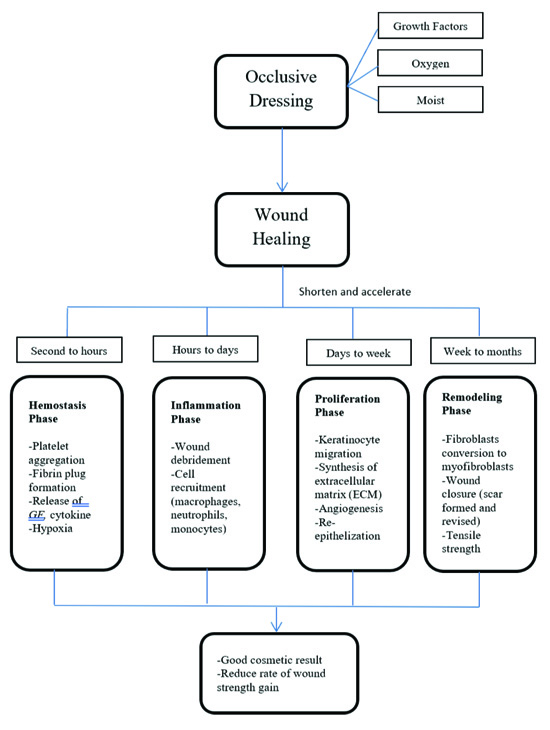
Types Of Wound Dressing. Consider alginate or hydrocolloid if high exudate. In this concise review we discuss the principles of wound dressing highlight the features of basic and advanced types of dressings and offer some practical tips on the choice and application of dressings. Whether it s a skinned knee or a cut finger or a skin ulcer the use of a wound dressing can help expedite healing. Works well for arterial ulcers.

But which dressing will best help to facilitate rapid healing in the patient. In addition to the wound product categories listed above there are other wound dressings available such as foams and compression in addition to secondary and cover dressings like wraps gauze and tape. Adhesive bandages wound dressings foams vs hydrocolloids types of wound dressings. We have all at one time or another in our lives suffered from a cut wound or some other form of boo boo. Different dressings are meant for different types of wounds and it is not always easy to select. Whether it s a skinned knee or a cut finger or a skin ulcer the use of a wound dressing can help expedite healing.
Works well for arterial ulcers.
Different dressings are meant for different types of wounds and it is not always easy to select. This type of wound dressing is highly absorbent and can hold as much as 20 times its weight in moisture. A few of the common implications in which foam dressings are recommended as the choice of wound care dressing include minor burns pressure ulcers diabetic ulcers skin grafts venous ulcers and donor sites. Avoid semi occlusive dressings. Commonly used dressing materials include hydrogel dressings poly urethane films hydrocolloid wafers biological dressings alginates and cotton gauze. They re extremely soft and usually very absorbent depending on the brand.